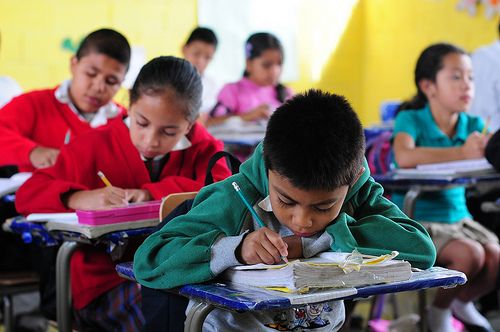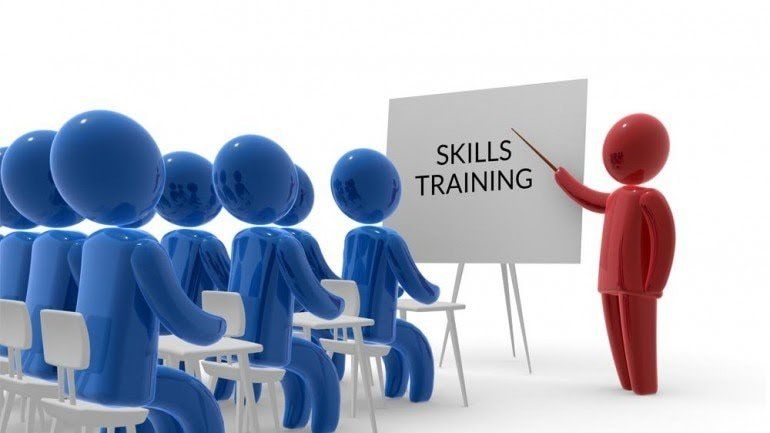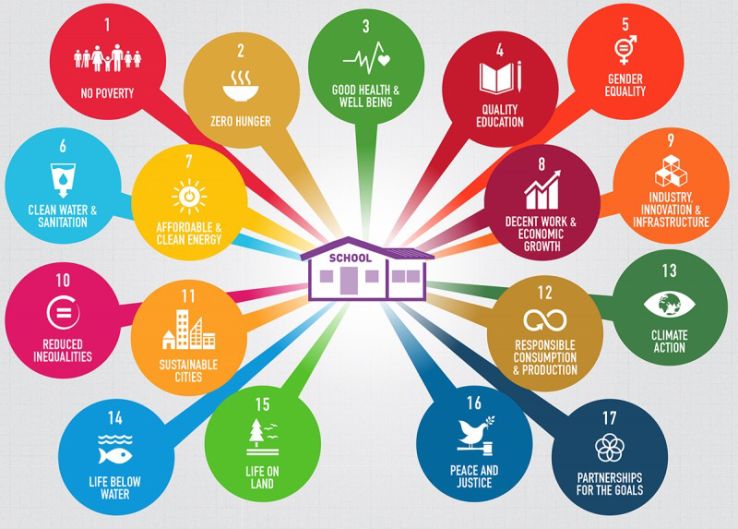Quality Education..
May 09, 2019 • 3 views

The right to education is not only the right to access education but also the right to receive an education of good quality. Education must be available and accessible but also acceptable and adaptable.
Why is the right ecosystem essential for imparting quality education?
1) Today, it is very difficult to predict over half the expertise and skill sets which will be required in the next 5 years.
2) The concept of lifelong learning will have to be embedded in the way we teach our youth
3) Over the years, through various initiatives, educational institutions have been made accessible to all across the country.
Now, the next stage would be to ensure that students remain enrolled, and learn, -So that they become empowered and productive citizens, who can be the key participants in nation-building and growth-linked economic development.

The learning indicators can be developed for each class i.e. at the end of each class from class I to class VIII. The ‘learning indicators’ need to lay down the ‘essential levels of learning’.
As postulated by the NPE, the Learning Indicators help in a number of ways by:
●Understanding learning as a process.
●Focusing and understanding children’s learning on a continuum of learning.
●Respond positively to diversity and helping all children to participate fully and achieve well.
●Providing a reference point for parents, children and others to understand the learning of every child in a simple way.
●Providing a framework for monitoring, learning and reporting progress about the child.
Influencing factors of quality education are-
The main pillar of quality education is Teacher:
Since the ultimate objective of school improvement planning is to improve the level of student achievement, the person who has the greatest impact on students during the school day—the teacher—plays several critical roles in the school improvement planning process. Ensure that classroom strategies for improvement address the needs of students at all levels of learning. Assess students in a variety of ways and develop strategies for improving the level of student achievement.
1) The selection of teacher
2) Focused Professional development (Empowering teachers).
3) Cultural competence and culturally responsive).
3) More Work load on teacher.
4) Improves the attendance of teaching staffs.
School improvement and teachers development is a multifaceted approach. Therefore, school reform and initiative need to be carefully planned and executed by involving all stakeholders. In the process of implementing school improvement programme, teachers play critical role in institutionalizing change initiatives. Hence identifying teachers need and providing effective support at school and classroom level can play vital role in enhancing students learning. Although concerned about the quality of education, our key stakeholder has not yet realized the need to transform the day-to-day practices at school. A combined effort is required to achieve the goals of such a comprehensive program. A number of activities have been taken into account bring
about change and enhance quality education in schools.
A Quality Education:
Encourages students to question and to think critically about real world issues.
Nurtures creative problem-solving in order to encourage independent thinking and a sense of agency in the world.
Develops a sense of empathy and tolerance.
Teaches kids to think on a variety of scales, from the local to the global, and to make connections between what's going on in their communities and what's happening in the world (and vice versa).
Guides young people to identify and nurture their own unique talents and to refine and express these in multiple ways.
Helps students to express themselves confidently.
Demonstrates that doing is as important as knowing.

